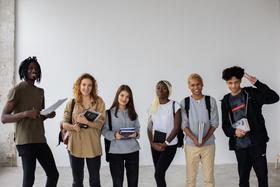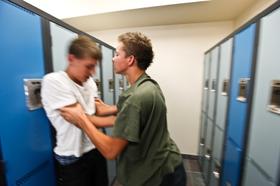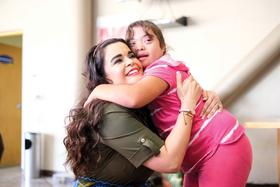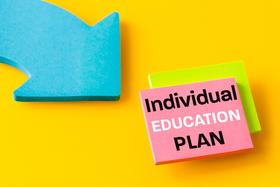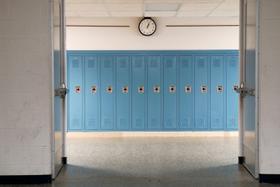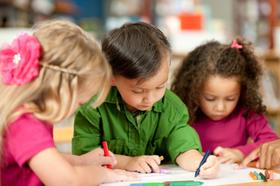As school leaders experiment with modern educational strategies, one of the most promising programs centers on a concept known as ‚Äúcollaborative reasoning.‚Ä� Far evolved from the archaic preconceptions of a classroom from the past, collaborative reasoning programs strive to make students active leaders in their learning communities.
Instead of having teachers solely speak and lecture, collaborative reasoning focuses on allowing children to explore using different learning and cognitive development elements. Specifically, as the explores, classrooms centered on collaborative reasoning enable teachers to act as facilitators of small student group discussions and investigations: ‚ÄúCollaborative reasoning discussions are intended to create a forum for children to listen to one another think out loud as they learn to engage in reasoned argumentation.‚Ä�
Collaborative reasoning is designed to encourage independent critical thinking and question fellow peers and sources. Through this type of proactive learning, experts anticipate that cooperative learning can jumpstart student progress into modernity.
Traditional Learning vs. Collaborative Learning
Hoping to overcome the passive and dull methodologies of inactive classrooms, public schools across the country are embracing efforts to teach students using collaborative reasoning. Examining the need for this reform, argues, ‚ÄúThe least effective mode of teaching and learning is still the most popular at all levels of instruction: teaching by telling, learning by parroting...When you tell it back to me the way I told it to you, I assume you have knowledge.‚Ä�
Instead of demanding children to listen, memorize, and











